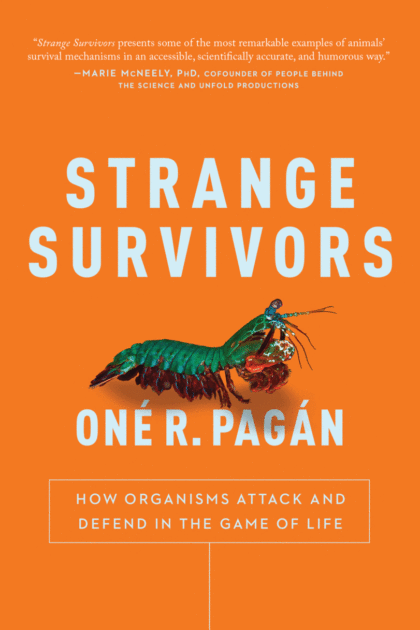As we anticipate summer rhythms, ESN wants to offer book suggestions from our readers. Our hope is that this will provide great conversation starters for ESN members as you engage with each other online and at events like the upcoming InterVarsity faculty retreats and the American Scientific Affiliation conference. We also hope you find some great summer reading. The format is simple: Give us the title, a quotation from the book if desired (150 words or less), and a paragraph on why this book is worth reading (for Christian scholars in general or for you individually). The book can be related to your academic work and life, or related to theology and living the Christian life, or recreational reading that helps you rest and enjoy the summer. Prior Summer Book Suggestions 2018: Spiritual Rhythm by Mark Buchanan and Every Job a Parable by John Van Sloten. Please send us your suggestions in a similar format. Thank you.

Quote:
Nevertheless, if you cut a piece of a planarian as small as about 0.03 cubic millimeters (which is smaller than a grain of salt), over time that tiny fragment is able to regenerate into a whole organism. I have said elsewhere that this is much like a human losing a hand, and that hand in turn growing back into a whole human, new brain included. Well, planarians can do this, brains and all! And not just any brains, mind you, but brains with the capacity to generate relatively complex behaviors (for a worm that is).
Pagán, Oné. Strange Survivors: How Organisms Attack and Defend in the Game of Life from BenBella Books
Why it’s worth reading:
Bonus quote: “The natural world is certainly awe-inspiring, but it is also deeply weird and frankly hilarious: this is part of its considerable charm.” Pagán’s book is likely deeply weird and frankly hilarious, as I now imagine the man himself to be also. In a breezy 175 pages, we are treated to tales of the many surprising, useful, and ingenious talents we have discovered among living creatures, along with tidbits from science history on how we came to meet them. The author’s enthusiasm for life in all its wondrous variety threatens to overflow the confines of the book’s covers. There are asides in footnotes, anecdotes in the end notes, inset boxes, bonus facts in the postscript and bibliography–I suspect given the chance, Pagán would gladly fill the margins of your print copy with yet more biological curios. You are all but guaranteed to learn something new about God’s creativity as expressed through nature’s endless forms and to enjoy a chuckle in the process. And if you’re going to be at ASA later this summer, what better ice-breaker than a fun fact about electric catfish or ballistic crustaceans.
Andy has worn many hats in his life. He knows this is a dreadfully clichéd notion, but since it is also literally true he uses it anyway. Among his current metaphorical hats: husband of one wife, father of two teenagers, reader of science fiction and science fact, enthusiast of contemporary symphonic music, and chief science officer. Previous metaphorical hats include: comp bio postdoc, molecular biology grad student, InterVarsity chapter president (that one came with a literal hat), music store clerk, house painter, and mosquito trapper. Among his more unique literal hats: British bobby, captain’s hats (of varying levels of authenticity) of several specific vessels, a deerstalker from 221B Baker St, and a railroad engineer’s cap. His monthly Science in Review is drawn from his weekly Science Corner posts — Wednesdays, 8am (Eastern) on the Emerging Scholars Network Blog. His book Faith across the Multiverse is available from Hendrickson.

Leave a Reply